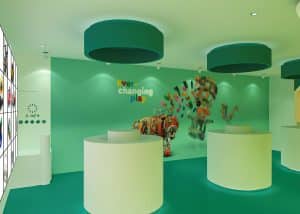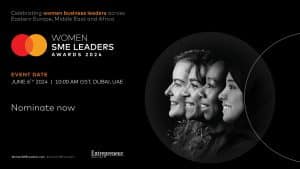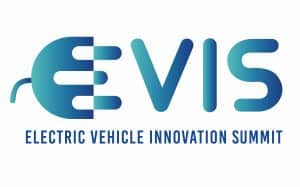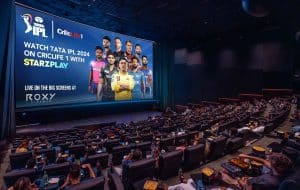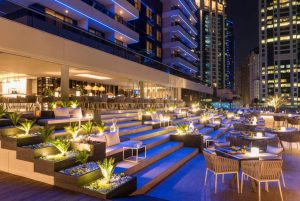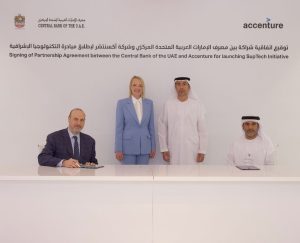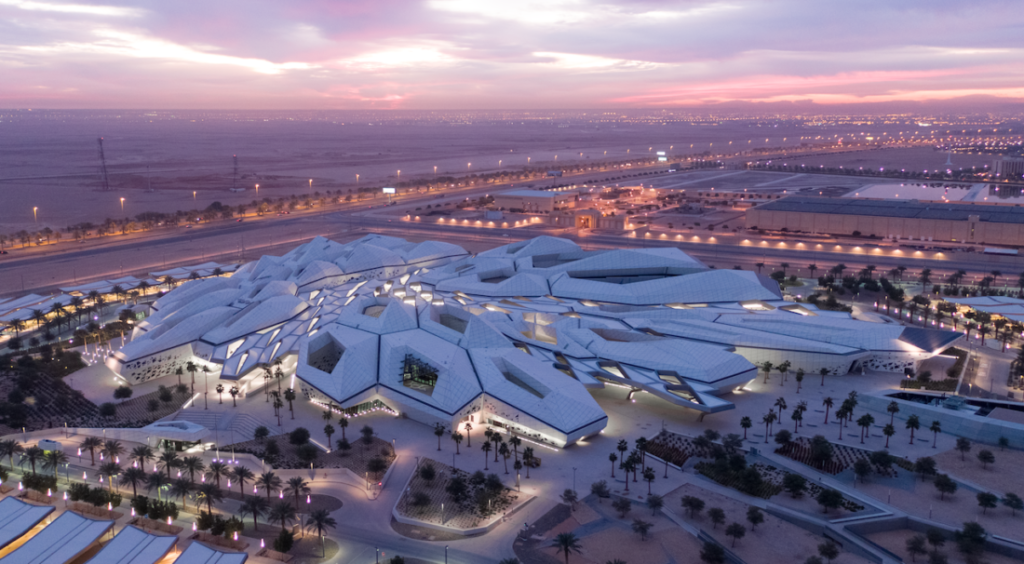
Highlights of the 2nd Executive leaders virtual roundtable by TRILUX Group in collaboration with Light Bureau organised with a focus on The Architectural Scene Re-Opens | Impacts & Opportunities
The outbreak of COVID-19 across the world has changed our lives forever— from the point of view of health, our mindset, way of working, way of living, respect for nature, and more. With a majority of the population working from home, this has given a new direction to our lives and the end-user is asking is curious to know designers, architects, and other industry experts can shape the world in a better way, which is reliable, flexible, functional, and above all sustainable.
This roundtable exactly discussed the above valid points and more. The objective was to have like-minded firms and institutions mutually inspire each other, exchange and discuss experiences, knowledge, and views on the Architectural Scenes as markets re-open after the shutdowns in many countries all over the world, looking at impacts & opportunities!
We need a design overhaul which features key elements from structure, design, materials, to lighting and producing locally. Industry leaders from all walks of lives participated in the roundtable and the diversity of this panel had an amazing mix of expertise in lighting design, architecture, urban planning, global end-user touching retail, logistics and offices, and regional coverage of Europe, Middle East, and the Asia Pacific. Over 208 industry experts connected live from over more than 36 different countries, different industries, and even talents from different international academies.
The esteemed panelists included:
> Sudeshna Mukhopadhyay, Chief Design Officer at Svarochi Smart Lighting
> Lina Lahiri, Partner & Senior Architect – Sauerbruch Hutton
> Raimund Paetzman, Vice President Corporate Real Estate at Zalando SA
> Deepu Raj, Director at LET Design Middle East
> Paul Miles, Partner & Lighting Designer at Light Touch PLD Middle East
> Joachim Geiger, CSO & Director Group Marketing at TRILUX GROUP
> Christopher Seider, Head of International Business Development at Light Bureau (part of AFRY) as moderator

Here’s what these industry experts discussed and brought forward to the limelight
Impact of COVID-19 on the architectural Industry
COVID-19 has shaken the design beliefs of many experts and there’s something new that the world is hoping for. One of the most important areas of our lives— our workspace needs special attention and the new norms are dictating some major changes.
Sudeshna Mukhopadhyay from Svarochi Smart Lighting pointed out two important aspects for re-shaping the offices. She shared: “In terms of re-shaping of the architecture, be it space design or lighting, it must have the assurance of built-in and not just simple well-being. The idea is to rejuvenate the space to make people feel comfortable even in a half-empty space and at the same time make them feel assured that it’s hygienic and clean. We have to make sure that going-forward all these new norms and standards are followed. This is the new direction that all need to work on.”
Raimund Paetzman from Zalando indicated that many sectors impacted by the pandemic. He said: “This brings us the situation where we have more visibility on what is working and what is not working and we also see the shift to digitalisation is accelerating because everyone needs a ‘Digital’ business model to survive in these current scenarios. But it´s not about winners or losers it’s about companies being more resilient or more prepared for the future. Another thing is how technology would rapid and boost the pace of all these events.”
Deepu Raj from LET Design Middle East shared a concrete example from a Dubai’s perspective. Stating how the city is driven by tourism and during the outbreak of COVID-19, the government must focus on creating a sustainable environment with more hospitals, research facilities, and micro-organism institutes. He explained: “Looking at the situation now, airports are shut, aeroplanes are not moving, hotels are empty. In my 100m radius, there are more than 5,000 hotel rooms available. The government should stress on having more medical facilities as well. Dubai has always been a trading hub, it has never been a manufacturing hub. The government should concentrate on the manufacturing aspect as well. Another point to remember is that there are 50% of the buildings using traditional methods of convention and lighting. Government and financial institutions can join hands and look at some exciting models of saving-energy. This is also the right time to invest in hospitality projects and emerging tourist destinations, considering everything is at its lowest value from consultancy fees to the products.”
Joachim Geiger from TRILUX GROUP urged everyone on being responsible with the resources we have. He commented: “I hope that the post-pandemic phase teaches, or we learn to co-exist with nature. Source locally what is essential, key, and critical. And be more responsible for resources not only with products but also with people and the team you are managing. Being close to your customers, suppliers and your team, that’s the post-pandemic lesson we will learn.”
Homes have become really important with employees, a home that becomes an office and vice-versa is the need of the hour. Lina from Hutton Architects explained why architecture and design must cater to this crucial need of the clients: “Even the smallest apartments may need a space where you work – different from where you live. The outdoor space will also be more crucial. The small step outside the home has been important for us during this crucial time.”
In a way, nature has allowed us to mend our mistake, be it design-wise, resources, taking care of flora & fauna, and much more. Christopher Seider from Light Bureau explained how we have to see the time as an opportunity. “An opportunity to do things better when we come back. It’s a challenge for all of us to be prepared for whatever the next event might be. As an industry, as a community, we have to push the boundaries to create the greatest opportunities in the months ahead,” he said.
Workplace in post-COVID world
Work from home is the new normal and everyone seems to be okay with that. Paul Miles from Light Touch PLD Middle East highlighted on how everyone is working from their home environment and being productive at the same time. He explained: “We would need collaborative offices, the question would is do we need bigger offices now or a couple of smaller offices at different places with a different environment. The dynamic is going to change, and the focus is to keep moving.”
Is home the new workplace for us? Lina said that she has only a few people coming into the office in Berlin. Even if we create a safer environment most people now prefer to work from home. She agreed to the fact that it’s high-time to re-think the organisation of the office. “We have to put people in focus. My biggest challenge is to do endless meetings on a digital platform in a big office space. We have to re-focus the positions in the office, creating meeting rooms, areas for video conferencing, and to socialise.”
Joachim further emphasised how COVID-19 will change the leadership style. At a time when teams are working from home, away from each other, and interact less, good leaders need to prioritise and model strong communication. He expressed: “The principle of leadership would also be changed in the future considering we are mostly working from home and not meeting someone on daily basis. To express your feeling, to understand someone’s feeling from afar would be challenging and bring something new to the table. It would be interesting to see how we bring teams with multiple responsibilities and multiple functions together. We haven’t been able to bring them all together before.”
What kind of lighting and technology do we need in the future?
In the lighting sector, Sudeshna believes that the flexibility in product design and application would be coming to practice. She added: “Probably lighting equipment will get now multi-functional. The luminaire must be able to adapt to different non-lighting features as UVC technology for cleaning offices. Well-being must also be taken into account when developing products in future.”
Sudeshna also pointed out that the home has now become an office and here we see also things shifting. She sees design trends going in that way. “With flexible lighting solutions that can convert a home into an office. Lighting that makes your home an office in the morning and with task lighting, vertical lighting in a dimmed format, converts the same place into your bedroom. This will be the trend for long.”
Joachim is excited to see that there are so many opportunities now arising, to add more technology to lighting – so that lighting is beyond lighting and bringing collateral; benefits: pay-per-use, tracing, re-directing, heat mapping in offices, etc. “These are all ideas we have been creating before now somehow we are boosted like 5-8 years into the future. Now we see a demand,” he added.
The importance of flexibility, adaptability, and acceptance has become increasingly evident during this pandemic. Technology would play a major role to play in architecture as well as the lighting segment. Hygiene is a priority more than ever before and it’s interesting to learn how lighting can play a surprisingly significant role. A lot is happening and there’s a lot that needs to be done to achieve a sustainable environment that promises well-being, health, and being productive.



